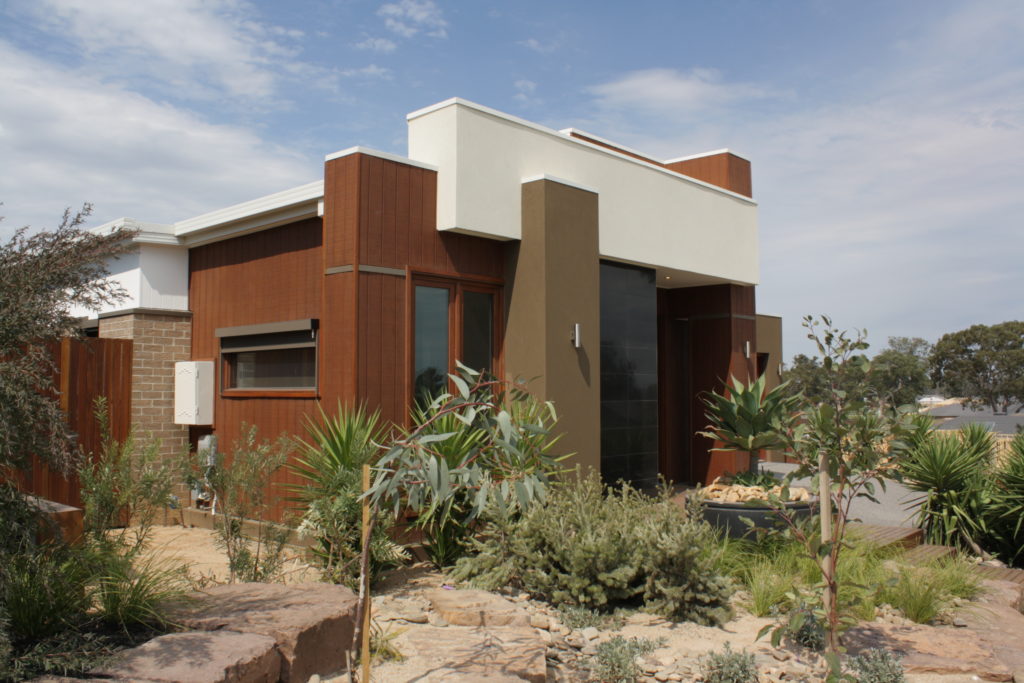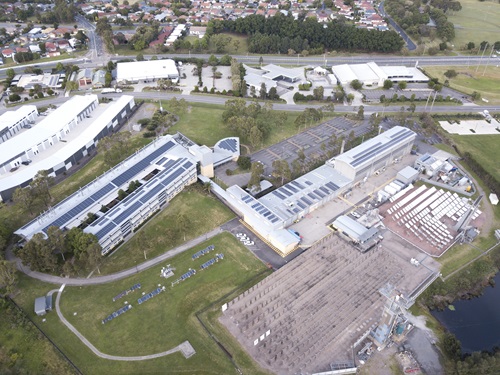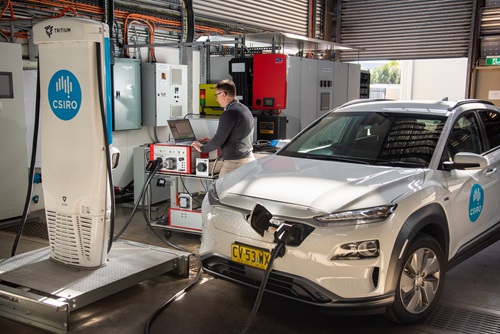A decade after CSIRO and collaborators designed, built and verified Australia’s first zero emission house, CSIRO is aiming to achieve net zero emissions for: its Newcastle Energy Centre by 2025, all of CSIRO by 2030, and all of its indirect emissions and value chains by 2050.

The Zero Emission House – Australia’s first volume built zero emission home
CSIRO Chief Executive Larry Marshall said CSIRO is uniquely positioned to use breakthrough science to develop, implement and demonstrate effective pathways to net zero emissions.
“As a large 100 year old organisation spread across 55 sites nationally, CSIRO has many challenges to emissions reduction, but we believe if we can do it, it will inspire other large companies to leverage Australian science to travel the path to net zero emissions,” Dr Marshall said.
“CSIRO is in a strong position to make science real, by translating it straight from our established energy lab and into our operations, while also directly assisting our industry partners to work towards their own net zero emission ambitions.
“CSIRO has been actively reducing its carbon emissions over the last five years, and we are now anticipating 70 per cent reduction.”
“Australian science can accelerate this transformation using cutting edge technologies in solar, wind, hydrogen, next generation batteries, predictive analytics and energy efficiency technologies, and of course our corporate fleet of electric vehicles with on-site solar charging, and a hydrogen-powered car,” Dr Marshall said.

CSIRO’s Newcastle Energy Centre, NSW is to be a demonstration site for net zero emissions (NZE) implementation.
“CSIRO also manages many of Australia’s landmark national facilities which serve the entire research sector. Our longer-term plans will really put our science to the test as we try to transition this critical national infrastructure, like our national collections and the Australian Centre for Disease Preparedness, towards net zero emissions.
“We are exploring innovative options such as using hydrogen to power future research vessels or applying renewable or hybrid energy to power remote facilities.”
CSIRO Newcastle Site Leader Gregory Wilson said the Newcastle Energy Centre was ideally placed to lead the way for CSIRO.
“Our Newcastle Energy Centre has an established track record for developing and evaluating new ways to drive energy efficiency, generate renewable energy, store energy and reduce emissions. It is also home to the largest solar thermal array of its kind in the Southern Hemisphere,” Dr Wilson said.
“We have the opportunity to take the best of our science and testing and apply it across our site which already features 425kW of solar and wind energy infrastructure, and 600kWh of battery storage.
“New initiatives that will help us to achieve net zero by 2025 include the conversion of gas systems to electric, electrification of our fleet, additional onsite renewable energy generation, optimised control of onsite energy storage, and the uptake of clean-energy power purchasing across all of our sites.”

CSIRO carries out electric vehicle (EV) research and has introduced EVs to to its fleet.
The energy targets are part of a broader sustainability refresh for CSIRO, which brings together plans to reduce its environmental footprint and initiatives focussed on organisational culture, gender equity, responsible purchasing and sustainable property strategies.
